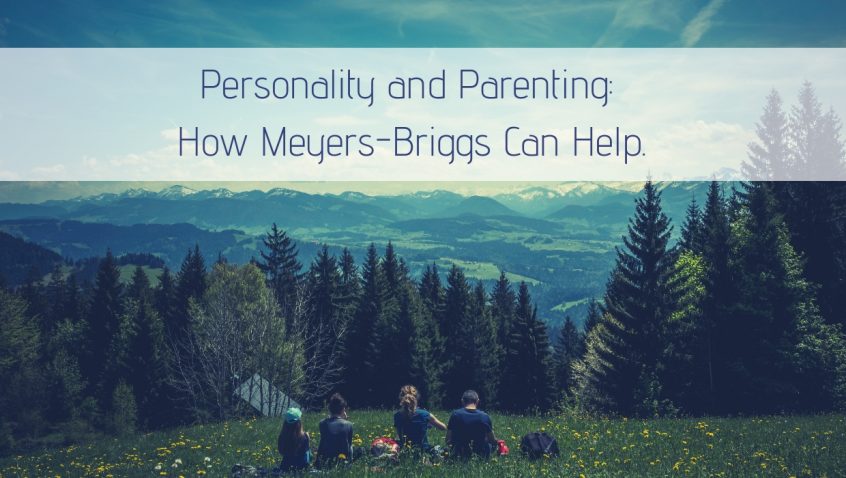If you live in Western society, you’re probably familiar with the terms introvert and extrovert. Most people have some version of an individual based these terms. Introverts are often seen as the shy little wallflowers, while extroverts are the center of attention on their megaphones, blasting their thoughts and feelings to the world.
But if you delve a little deeper, you’ll discover the world of introverts and extroverts is infinitely larger.
Wikipedia describes the Myers–Briggs Type Indicator as the following: (MBTI) is an introspective self-report questionnaire with the purpose of indicating differing psychological preferences in how people perceive the world around them and make decisions.[1][2][3]
By the Meyers-Briggs model, people fall into 1 of 16 personality types based on the following processes: introverted or extroverted, sensor or intuitive, thinker or feeler, and perceiver or judger. You will have a combination of one of each of these functions, giving you your type.
MBTI is a vast subject with numerous facets, allowing as much exploration as one has the time and interest in psychology or typeology. On a personal level, MBTI has helped me better understand my own uncommon (and let’s be honest, sometimes bizarre) personality.
According to the Meyers-Briggs model, I am an INTJ. In the simplest terms possible, it basically means I’m an introverted thinker who prefers to utilize my innate pattern recognition to logically process information. I have feelings like everyone else, but my mind forms reason-based decisions vs emotion-driven decisions.
There are countless resources at your disposal should you find yourself looking deeper into the subject, but for today, I want to talk about what MBTI means in parenting.
I have two daughters. Bug is fourteen, and LB is twelve. My girls are on polar ends of the spectrum in every regard. They don’t look alike, they don’t act alike, they don’t think alike, and they definitely don’t have the same drive and motivation.
Bug is an INFP. In a nutshell, she lives in her head (introvert); she has an excellent ability to form patterns in which to predict how someone else might think or feel (intuition) as well as look at things in a broad, future-based/big picture kind of way; she leans more on her emotion to guide her decision making (feeler); she prefers to leave things open-ended in case the situation changes or a better opportunity presents itself (perceiver).
Bug is so much happier sitting quietly in her room, drawing, chatting with a friend or two, or playing a game online. She shies away from “loud” and would rather spend time with a couple of tight-knit friends than hang out in a crowd. She’s always looking for ways to improve the emotional well-being of those she loves. And you’d do well not to call attention to her lest you pay the price of trust. You’ll most likely find her lost in a story, lost in her art, or just lost in her thoughts. She’s my dreamer.
LB is an ESTJ. What that means for her is, she wants to involve others in her life and choices (extrovert); she much prefers real-time information that can be perceived as something she can register as an immediate influence (sensor); her feelings don’t mean as much to her as what remains logical when it comes to making choices (thinker); she will always want a plan (and contingency plan) in place before starting her day, a new project, or unfamiliar investment.
LB is more methodical. She prefers hands-on tasks, and you’re more likely to find her doing something that involves her body and senses. She wants to be with others while engaged in an activities (the more the merrier), and she would rather work closely in a group than manage tasks alone. She looks at life in the terms of systems. And if you don’t offer her center-stage from time to time, she feels as if you don’t value what she has to say. She’s going to be my CEO one day.
Each of these things causes my daughters to be uniquely equipped in their respective strong suits. As a parent, I must learn to recognize these unique and beautiful differences to help my girls grow to be the best versions of themselves. Part of better understanding oneself is the ability to better understand those around you. Realizing where Bug is coming from as well as her motivation will look completely opposite that of her sister. My job as their mom is to learn to identify what each needs to reach their potential.
Understanding and empathy is vital to healthy relationships but also to personal growth and development. MBTI can help with that.
Want to know more about Meyers-Briggs and how you can utilize this model to further your relationships? You can take the free test here. I also highly recommend checking out some articles and podcasts from Personality Hacker.

